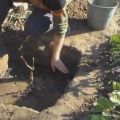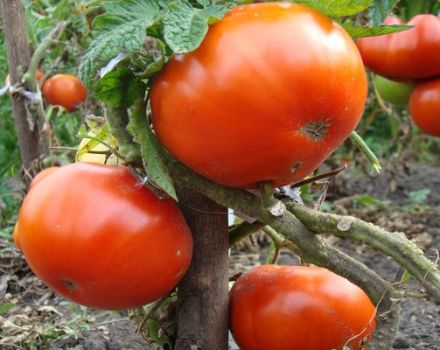Is it possible to grow grapes from seed at home and how to care for it
It is widely believed among winegrowers that this plant can only reproduce by cuttings and layering. Novice summer residents do not even know how to properly grow grapes from seeds so that they give a rich and tasty harvest. But it is precisely such a technique that is sometimes necessary, although it requires a lot of time and effort.
Can grapes be grown from seed?
As practice shows, you can grow grapes from seeds. But in this case there is no guarantee that the resulting seedling will retain the varietal characteristics of the parent plant. This technique is often used:

- breeders with the aim of breeding new hybrids or varieties with improved performance;
- for growing seedlings;
- for the further use of the plant for decorative purposes;
- for growing stock.
Not every fruitful grape variety can be propagated by seeds. Most early hybrids are best suited for this purpose. Since the grown seedlings do not always retain the specific characteristics of the parent variety, experienced gardeners recommend sowing several seeds. After that, the properties of the grown grape bushes are compared and those that satisfy the expectations and demands are left. It should be noted that plants grown from seeds at home are inferior in yield and taste characteristics of berries to those obtained from cuttings or rooted cuttings.

Preparing for landing
To collect seed, large and well-ripened berries are selected that do not have external defects or signs of any disease. The pulp from the grape fruit is removed, and the extracted seeds are washed under running water. After that, those of them are selected that are brown or beige in color and the largest sizes.
To increase the germination of grape seeds, it is recommended to stratify them. You should start no later than December and act for several months. In this case, by the beginning of the summer season, the grown seedling can be dived into the open ground. Stratification means placing the grains in a damp cloth and cellophane and then storing them in the refrigerator for 2 months.
The acceptable air temperature is from +3 to 0 ° С. Once a week, grape seeds are taken out and thoroughly examined. Stratification ends at the time when the shell on the grains begins to crack. After that, the grains are placed in a warm place by spreading them out on a damp cloth.After a few days, small roots should appear, which signals that it is time to plant grapes in the ground.
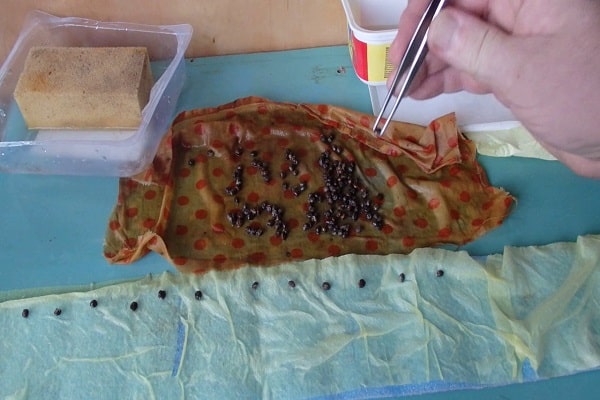
Sowing grapes at home
Before planting grape seeds, you need to prepare the soil. Use a ready-made substrate purchased in a store, or a mixture in equal proportions from the following components:
- river sand;
- any humus;
- garden land.

It is preferable to grow each seedling separately in a pot. A drainage hole is made in the bottom, and then a few expanded clay pebbles are poured. Only after that, a nutritious soil mixture is poured, seed is planted in it to a depth of 1.5 cm and well watered. The pot is placed in a well-lit place, preferably on a windowsill on the south side of the house, and the shoots are awaited.
To prevent excess moisture from evaporating, the sowing is covered with cellophane until a sprout appears.
In order for the seeds to sprout, it is necessary to provide them with a comfortable temperature regime. The optimum temperature for growing grapes from seeds is considered to be about +20 ° C during the day, and at least +15 ° C in the evening. Under these conditions, sprouts should appear within a week after sowing.
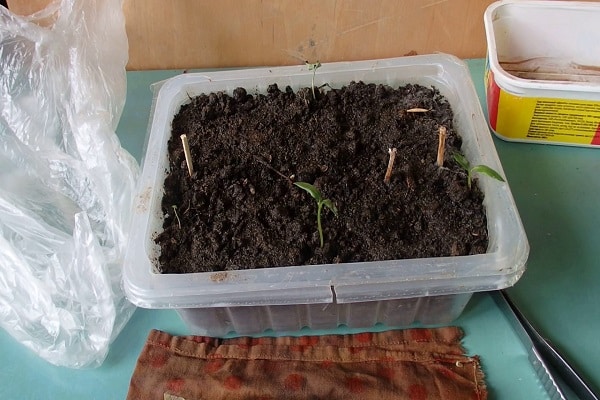
Ripening terms
Seed-grown grapes grow rather slowly and need special care. It will bear fruit only 4-5 years after germination, and the first harvest is usually poor. Berries in the first year of fruiting grow sour or with a weak taste and aroma. The ripening time depends entirely on the variety and those characteristics that the young plant has inherited from the mother. It will be possible to recognize them accurately only after several years of observing the planted bush.
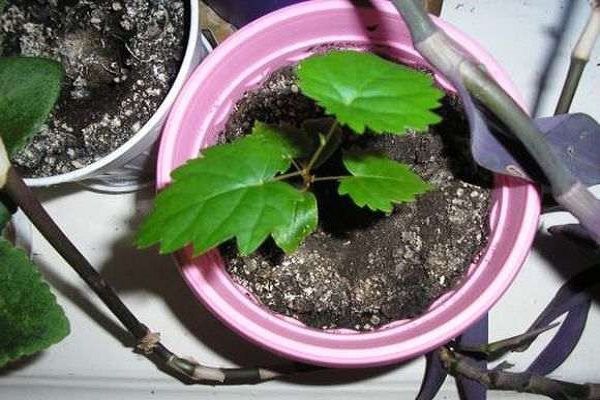
Features of plant care
It is not enough just to germinate a grape seed; young seedlings require careful care. A strong and healthy plant can only be obtained by properly organizing watering and providing the required amount of light. Daylight hours should be at least 8 hours. You will also need to regularly apply top dressing and loosen the soil. Every 1.5 weeks, the grapes are fed with phosphorus and nitrogen-containing fertilizers.
Immediately after the emergence of seedlings, it is better to irrigate from a spray bottle so that the fragile roots are not damaged. The main enemy of young grapes at this stage is the spider mite, which can completely destroy the planting. It is required to conduct a daily inspection of the bushes, and in case of detection of a pest, immediately take preventive measures.
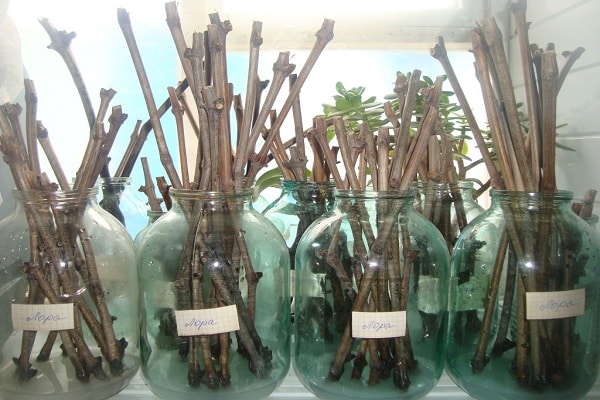
If in the future it is planned to use grapes as an ornamental houseplant, then after reaching a height of 10 cm, the plant is moved into a pot with a volume of up to 4 liters. The seedling is dived into open ground approximately at the beginning of June. You must first harden a young bush. For this, it is exposed to the open air for a week.
The place should be protected from drafts and direct sunlight. Such measures will help prevent the occurrence of sunburn in the future.
Outdoor transplant
The grown grape seedling is transplanted into open ground as soon as it reaches a height of 30 cm. At the same time, warm weather should already be established outside and there should be no threat of night frosts. A well-lit place for landing is selected, protected from the north cold wind. Planting grapes preferable to produce in light soil with good air permeability and drainage. The location of the site in lowlands, high humidity or the close location of groundwater can provoke freezing of the bushes.
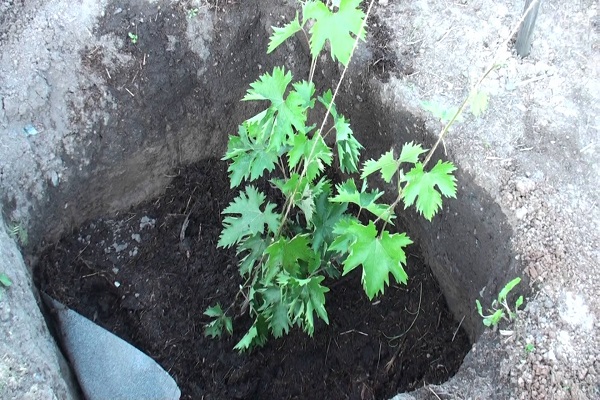
For planting young grapes, holes are dug at a distance of 1.5-2 meters from each other.A nutritious soil mixture prepared from equal parts of river sand, any kind of humus and earth is poured there. Before planting the plants, the hole is well moistened. If the site is dominated by clay soil, then it is recommended to add compost, sand or other material for drainage to it.
It is also recommended to slightly raise the vine bed.
At the same time, the soil is examined for acidity. Different grape varieties have different preferences in this regard. For example, plants of American origin thrive best at a pH level of 5.5-6, European plants - 6.5-7, and hybrids - 6.0-6.5. If the parameters do not correspond to the recommended ones, then it is necessary to take measures to normalize them.
A warm and sunny day is chosen for planting grapes. Each shoot is fixed on an established support. In the first year, the main care is the organization of timely watering, loosening of the soil and weeding of emerging weeds. If everything is done correctly, the plant will take root well, and its height will reach 1-2 meters.
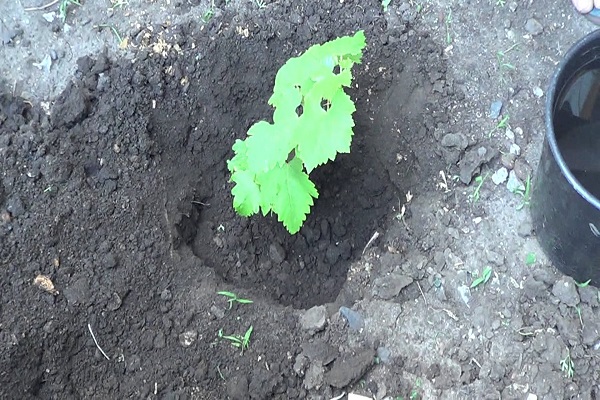
Formative pruning is carried out only in the third year of the life of the grape bush. If the variety is chosen successfully, then it will bear fruit 3-4 years after planting, however, there have been cases when the plant gave its first harvest after 2 years.
When growing grapes for making wine, you need to know that the quality of the soil has a significant effect on the taste. The first feeding of the bushes is carried out a couple of weeks after planting on the site. In the future, fertilizers are applied once a year, usually in the spring. The support is organized by any available and preferred methods:
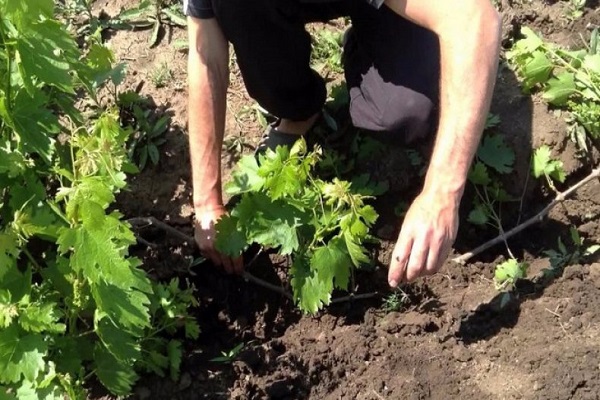
- arbor option;
- parietal method;
- tapestry method.
If it was decided to grow grapes by the wall method, then it is worthwhile to retreat from the wall at least 1 meter so that the bush has the opportunity to receive the dose of sunlight it needs and be well ventilated. While the grapes are still small, you can attach them to pegs driven into the ground. Their height is selected in such a way that the vine does not have the opportunity to sink to the ground.
As the grape bush grows, the pegs are removed, and the branches are fixed on a trellis or arbor, forming a beautiful green frame from them in the future. Weak or damaged processes must be removed in a timely manner so that the bush does not waste energy and nutrients on them. You also need to ensure that the grapes do not grow too thickened, since this leads not only to its depletion, but also to the development of fungal diseases.





